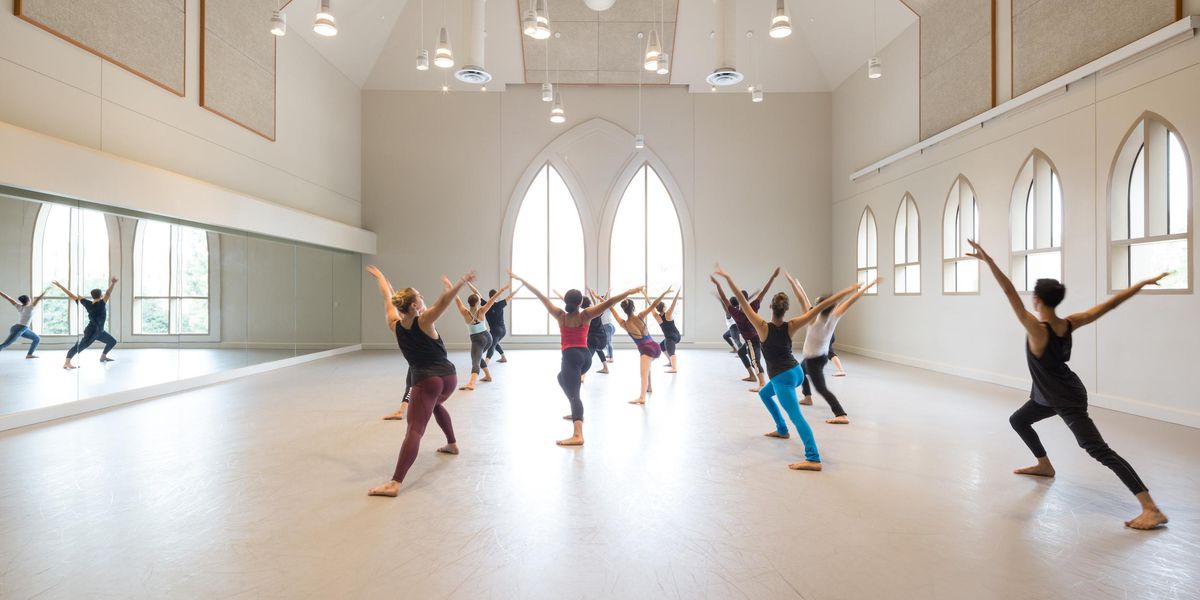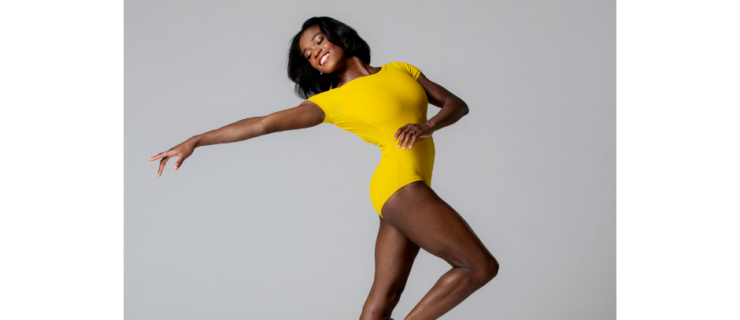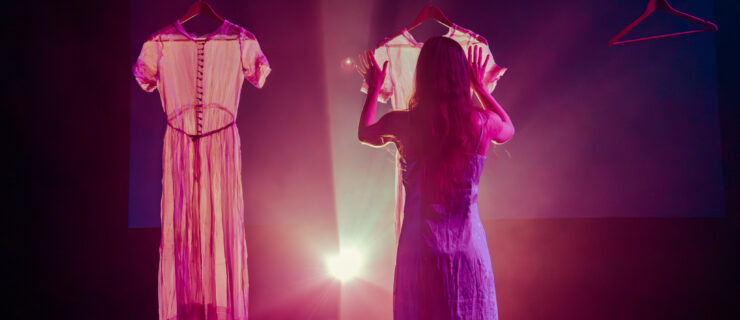Forbidden Love in Diaghilev’s Ballets Russes
Why was Diaghilev’s Ballets Russes so fabulously successful? Why could audiences not get enough of them? Why did presenters all over Europe and North America rush to hire them? The exhibit now at the National Gallery of Art in Washington, DC, Diaghlev and the Ballets Russes, 1909–1929: When Art Danced with Music, up until September 2, shows the explosion of color and pattern that made the Ballets Russes a harbinger of modernism. But only the live performance, given last weekend as part of the exhibit, gave a hint of what I believe was the special magnetism of the Ballets Russes: transgressive passion.
Diaghilev envisioned each work as a totality of music, dance, and design. He sought out the top artists and intuitively knew what combinations would create a synergy. He commissioned painters like Picasso, Matisse, Bakst, Goncharova, and Roerich; composers like Stravinsky, Debussy, and Ravel; and choreographers like Fokine, Massine, Nijinska, and Balanchine. Not to mention that he had at his disposal some of the best dancers out of Russia. (He must have had an army of dressmakers too, since every costume on display showed exquisite, bountiful detail.)
(At top) Léon Bakst’s costume design for
Narcissus, circa 1911; (right) Costume design by Natalia Goncharova, circa 1916
The impresario’s unerring instincts led to work that astonished simply with boldness of style. The Stravinsky/Roerich/Nijinsky Rite of Spring ripped through a cataclysmic score with pounding movements and a primitive landscape that seemed terrifyingly alive. (Take a look at our photo essay of the original Rite of Spring plus later versions in the February issue.) And Massine’s Parade, with Cubist costumes by Picasso, an urban sound collage by Satie, and a libretto by Cocteau, went down in history as the beginning of modernism in the performing arts.
(left) Costume design for the Chinese Conjurer from Massine’s
Parade (1917) by Pablo Picasso
But when you look at the actual narratives, so many ballets had to do with forbidden love. Take the Bakst/Fokine/Rimsky-Korsakov Schéhérazade, where the queen is addicted to sex with her slave, knowing she might be killed for it. Or the Fokine/Benois/Weber Spectre de la Rose, where a girl daydreams she’s dancing with a man, when it was only a rose she brought home from the ball. Take Nijinksy’s Jeux, about a tennis game in which a young man has a dalliance with two women, who are both attracted to each other as well. (This was one of the few times when the choreographer came up with the story line.)
The original set design for
Schéhérazade by Bakst, 1910
Or, famously the Bakst/Debussy/Nijinsky Afternoon of a Faun, where the male creature approaches a few chaste nymphs and commits an act of self gratification with the scarf one of them left behind. In the Nijinska//Laurencin/Poulenc Les Biches, same-sex sensuality abounds. In the Stravinsky/Benois/Fokine Petrouchka, a male puppet pines for the ballerina puppet, suffering terribly when he sees her flirting with his rival. And in the Prokofiev/Rouault/Balanchine Prodigal Son, the Prodigal defies his father by leaving home, and gets seduced by a conniving siren.
Vaslav Nijinsky as the Golden Slave from
Schéhérazade, 1910
Last weekend, concurrent with the exhibit, four principal dancers—two men from the Mariinsky and two women from the Bolshoi—performed several excerpts from the Ballets Russes repertoire. Even though the gallery mezzanine—an open space with no stage lighting—was hardly the ideal place to convey the full emotions of these stories, the dancers, under the direction of Oleg Vinogradov, put their all into it. Danila Korsuntsev as the slave in Schéhérazade poured his passion out toward Anna Antonicheva, every inch of his body speaking admiration and desire. (Unfortunately, Antinocheva did not project an equal desire, possibly because the Bolshoi does not have Fokine in its rep, whereas the Mariinsky does.) And in Anton Korsakov’s solo excerpt from Petrouchka, as he chopped his hands near his face, it became an expression of agitated longing.
We often talk about the artistic achievements of the Ballets Russes, but I think there was a psychological achievement as well: What the company put onstage fueled people’s fantasies of desire and eroticism.
Pictured: Narcissus image CNAC/MNAM/Dist. RMN-Grand Palais/Art Resource, NY; Goncharova, Picasso, and Nijinsky images from Victoria & Albert Museum, London; Schéhérazade by Bakst image from the McNay Art Museum, San Antonio;
all images Courtesy National Gallery of Art in Washington, D.C.




